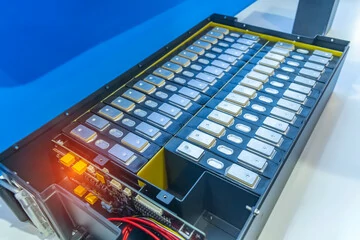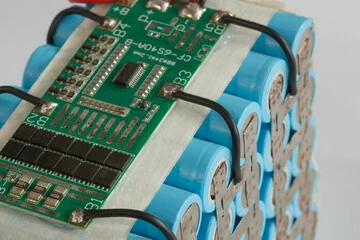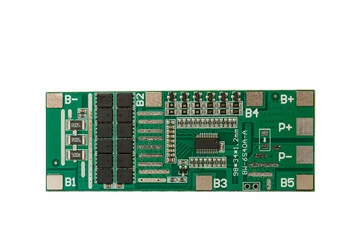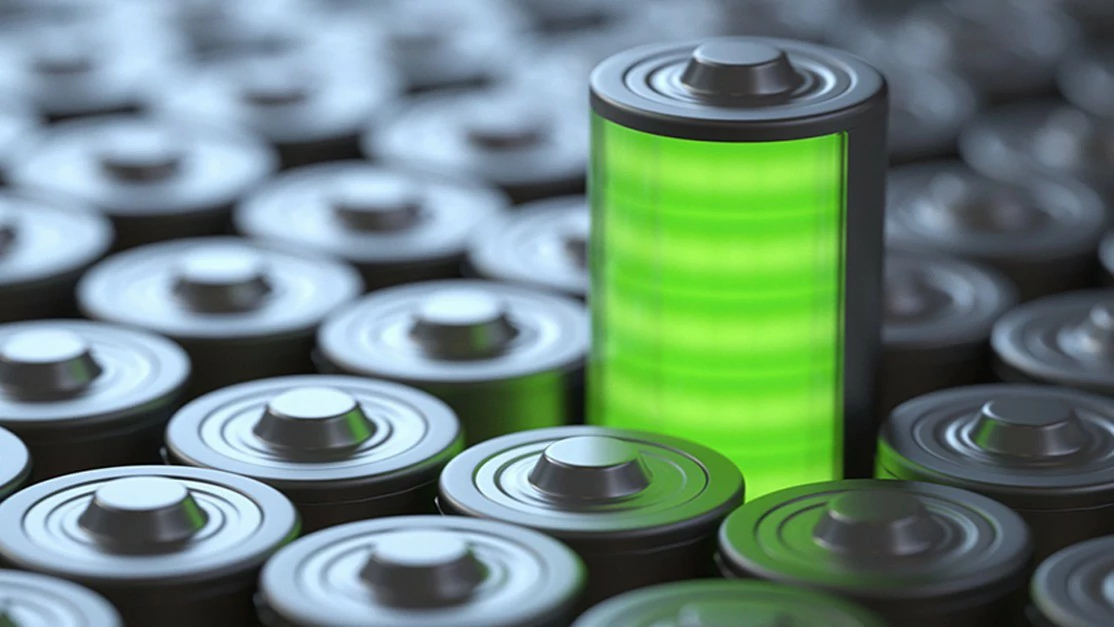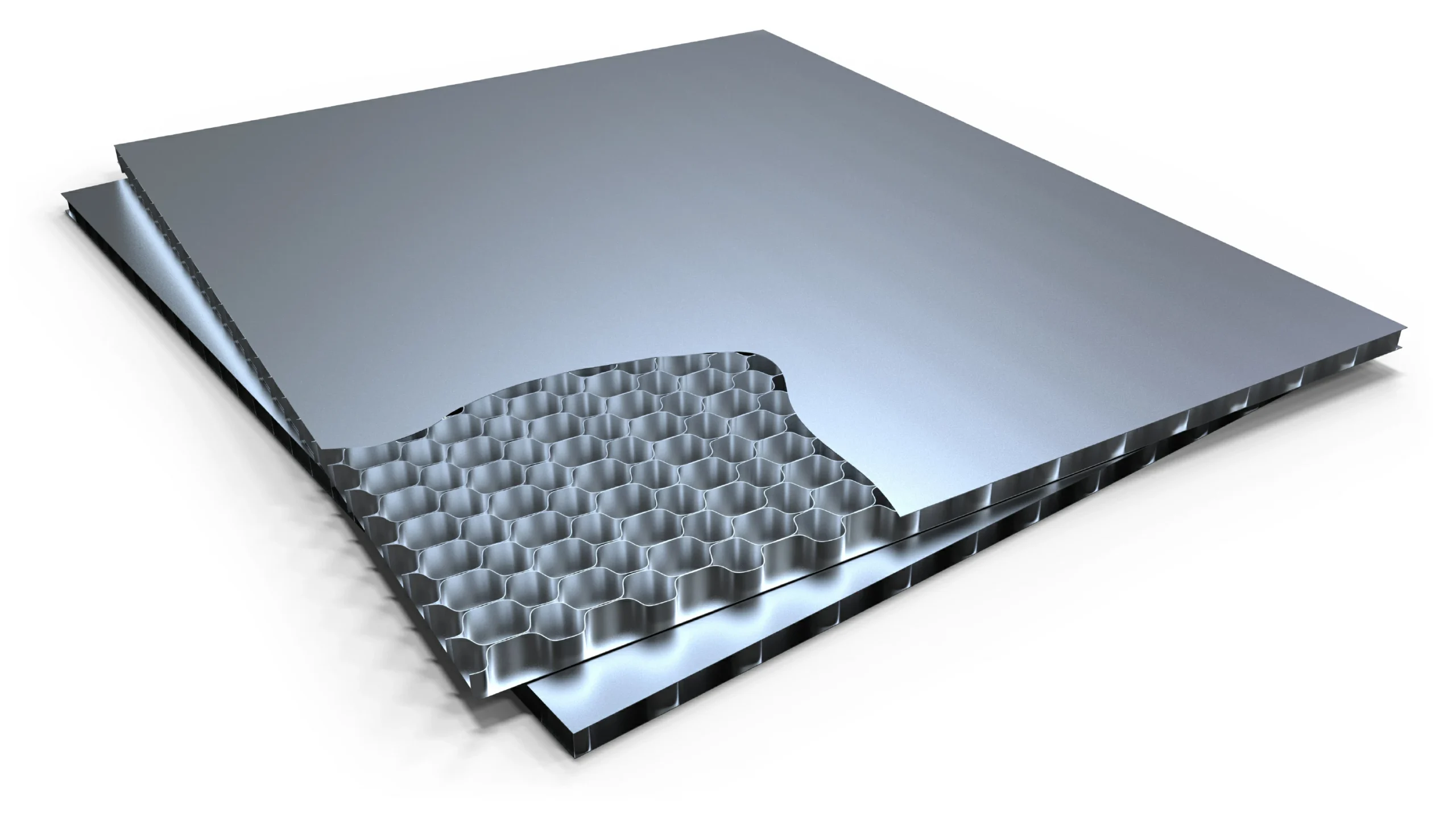Terminal design: The performance code of materials science
main content
As the energy transmission hub between the lithium battery and the whole vehicle circuit, the material selection of the terminal directly affects the electrical conductivity, corrosion resistance and long-term reliability of the motorcycle start-up battery. Research shows that cold start current (CCA) can be increased by 5%-8% when the terminal contact resistance decreases by 0.1mΩ, and the contact failure caused by material corrosion accounts for more than 34% of lithium-ion battery system failures. This paper will analyze the material design logic and technical breakthrough of motorcycle lithium battery terminal from three dimensions of high conductive metal substrate, corrosion resistant coating and composite material.
Base material selection and performance optimization
1. High conductive copper base alloy
Copper tellurium (C14500) : containing 0.4%-0.7% tellurium, the conductivity reaches 90%IACS, the tensile strength is increased to 380MPa, and the corrosion current density is reduced to 1.5μA/cm² (1/3 of traditional pure copper) through the grain boundary purification effect.
Chromium zirconium copper (C18150) : adding 0.6%Cr+0.1%Zr, the conductivity is maintained at 85%IACS, while the hardness is increased to 120HB, and the plastic deformation under 15G vibration impact is withstanding.
2. Nickel-based alloy innovation
Monel 400 alloy: nickel content 63%-70%, copper 28%-34%, corrosion rate in salt spray test is only 0.002mm/ year, especially suitable for coastal high humidity environment. The contact resistance is stable at 0.15mΩ, which is 40% lower than that of nickel plated copper.
Inconel 718: strengthened by γ" phase, the tensile strength reaches 1350MPa, and the fracture toughness is still 120MPa·m½ at -40℃, which becomes the preferred material for high-end cross-country motorcycle terminals.
surface treatment technology breakthrough
1. Coating material system
Silver coating: thickness 8-12μm, with nano silver particle filling process, contact resistance as low as 0.08mΩ, but with anti-oxidation coating (such as fluorocarbon resin) to extend the service life.
Gold-plated composite layer: 2μm gold layer +0.5μm nickel barrier layer, salt spray test for 2000 hours without red rust, plug and pull life of more than 5000 times, suitable for intelligent BMS frequent communication scenarios.
2. Plasma enhancement
The ε-Fe₂N phase was generated on the surface of the copper substrate by glow discharge nitride technology. The microhardness was increased to 800HV, the wear resistance was increased by 5 times, and the arc ablation area was reduced by 70%.
Composite materials and structural design
1. Gradient composite terminal
The core is made of porous copper (porosity 30%) to reduce weight, and the outer layer is coated with 0.3mm nickel-titanium memory alloy. The contact pressure is adaptively adjusted when the temperature fluctuates, and the temperature difference compensation is 0.2mm/10℃.
2. Carbon fiber reinforcement
The thermal conductivity is increased to 400W/(m·K), and the axial thermal expansion coefficient matches the PCB board (16×10⁻⁶/℃) to prevent contact loosening caused by temperature rise.
Conclusion
From the grain boundary purification of copper tellurium to the corrosion resistance revolution of Monel alloy, the design of motorcycle lithium battery terminal materials is breaking through the performance boundaries of traditional metals. At present, gradient composite materials and plasma strengthening technology have increased the terminal life to 100 000 plugins, and the introduction of intelligent sensing materials will promote the evolution of energy transfer systems to active security. With the integrated development of superconducting technology and additive manufacturing, future terminal designs will redefine the limits of conductive efficiency and reliability, providing a more powerful energy hub for high-performance electric motorcycles.

START-STOP LITHIUM battery
Enov start-stop battery is designed to provide excellent performance for high-demand start-stop vaehicles. It adopts the third-generation intelligent lithium platform architecture to achieve technological breakthroughs in core indicators such as cycle life, environmental adaptability and energy density. Compared with the traditional lead-acid battery system, the energy efficiency is increased by 210%, the cycle life is extended by 8-10 times, and the monthly self-discharge rate is controlled within 3%. Enov's unique low-temperature battery technology makes a breakthrough in achieving stable output in the whole climate domain from -30℃ to 65℃, maintaining more than 90% of the effective capacity release under extremely cold conditions (-30℃), and maintaining 90% of the capacity in high temperature environments (65℃).
The start-stop battery series products cover the mainstream voltage platform of 12V/24V/48V, and support flexible configuration of LFP (lithium iron phosphate) and NCM (lithium nickel cobalt manganese oxide) dual-material system. All models adopt modular design to support customization of different model specifications. Enuo engineering and technical team to provide full cycle technical service support, if you need, please contact us.
Other products
UAV BATTERY
LITHIUM ENERGY STORAGE BATTERY
QUICK INQUIRY
FAQ
Access to high frequency technical questions with one click, get accurate answers on product application, after-sales policy and customization process.
Service and Support
Get the latest product specifications, explore professional OEM/ODM customization services, click to open exclusive technical support and production solutions.
Become a Partner
We sincerely invite resources to interconnect, work together for win-win development, and immediately open a new chapter of strategic cooperation!
